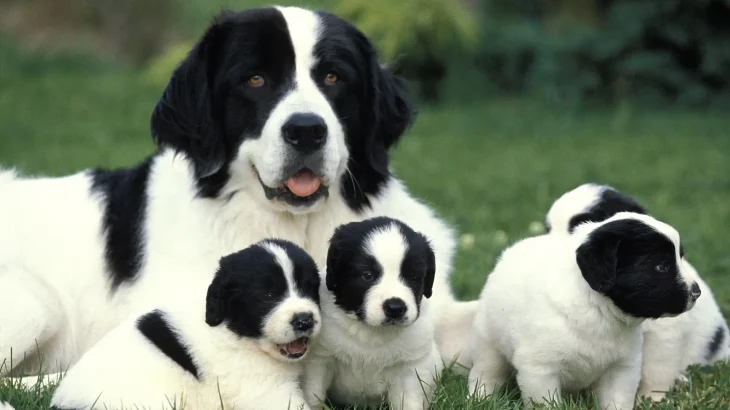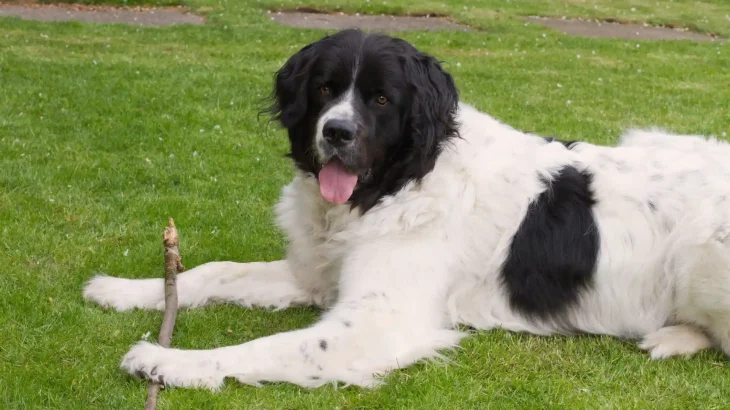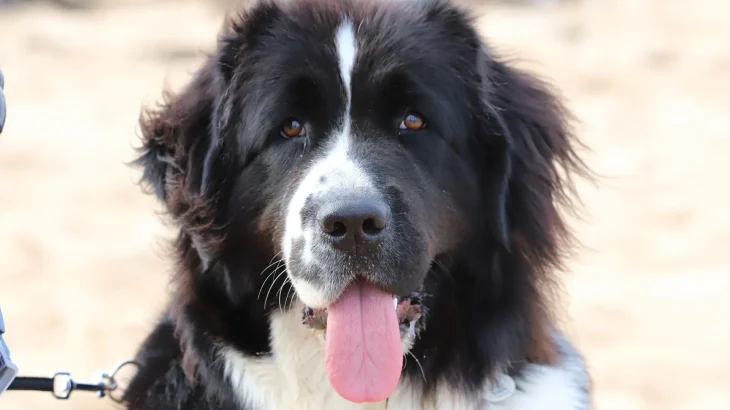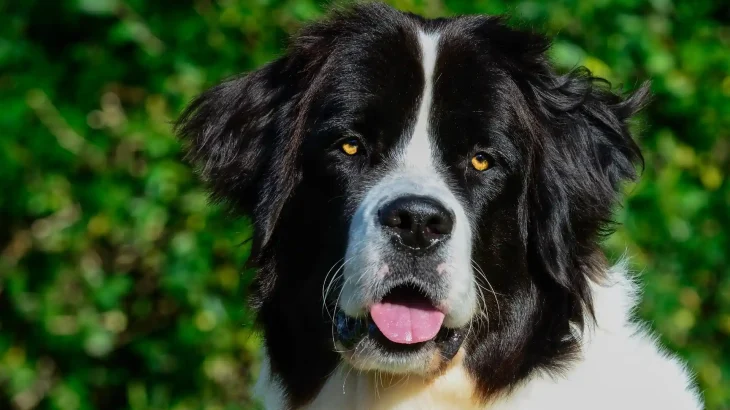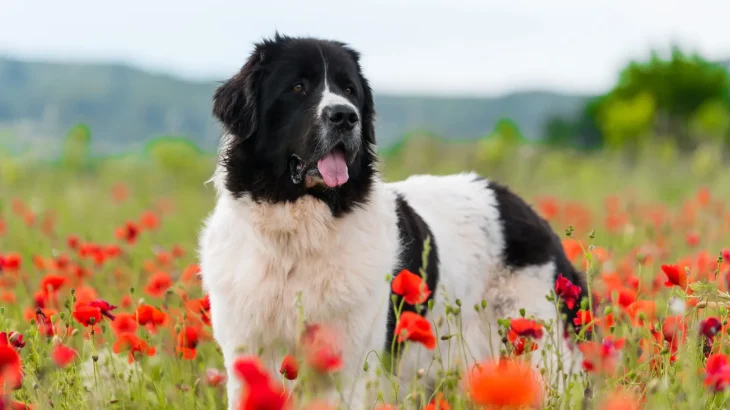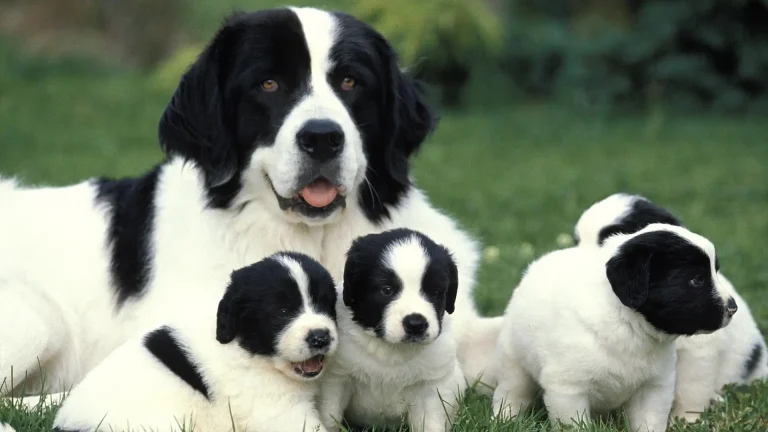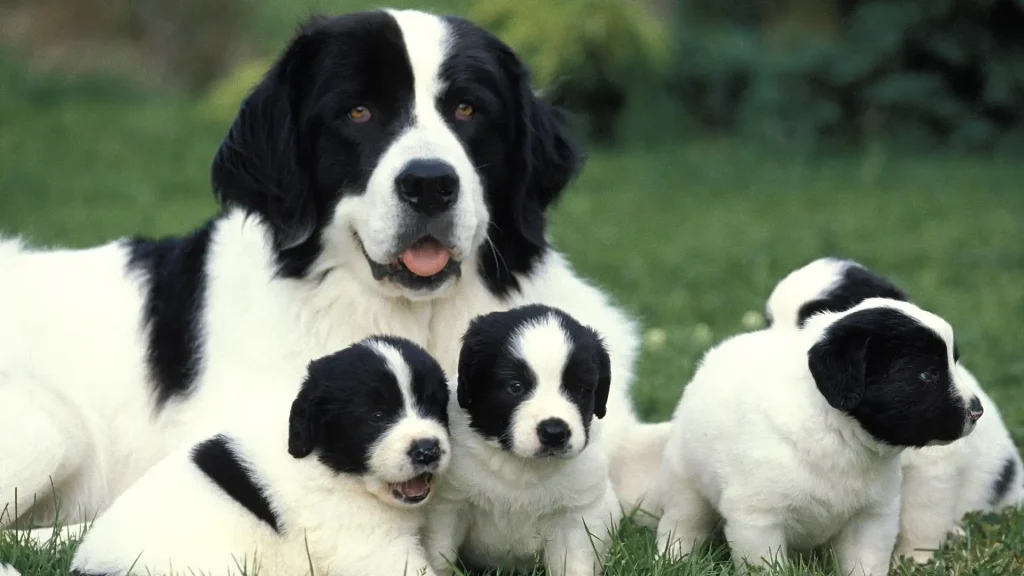Pet insurance is helpful for Landseer owners because this large breed can face health problems that lead to costly veterinary bills. Insurance can cover expenses such as routine visits, emergencies, surgeries, and medications, easing worries when unexpected issues arise. Policies vary, so it's important to understand what's covered to avoid surprises. Some use alternatives like savings funds, but these don't offer the same protection.
Health and Surgery Coverage
Insurance typically covers illnesses, accidents, and surgeries. Landseers may be prone to hip dysplasia or bloat, so coverage for diagnostics and specialist care is useful. Premiums can be high, but insurance can prevent large out-of-pocket costs in emergencies. Note there are exclusions, waiting periods, and limits, so choosing a policy carefully matters.
Liability Coverage
Liability coverage can protect owners if their Landseer causes injury or property damage, which is important given the breed's size. It's usually optional and can increase premiums. Owners should check local laws and personal risks when deciding if they need this coverage.
Common Alternatives to Pet Insurance
Some owners save money for vet care or get wellness plans covering routine care but not emergencies. This offers control but lacks the safety net insurance provides against costly, unexpected health issues.
What Is Normally Covered and Owner's Out-of-Pocket Costs
Coverage often includes accidents, illnesses, surgeries, and some hereditary conditions usual for Landseers. Owners pay deductibles and co-insurance. Routine care is generally excluded unless added. This setup helps manage costs while protecting against large bills.
Advantages and Disadvantages of Pet Insurance
Insurance offers financial protection and lets owners focus on care, covering a broader range of treatments. Downsides include premiums, exclusions, and possible delays in claim payments. Without insurance, emergency bills can be overwhelming.
For example, if a Landseer swallows something poisonous, emergency care like induced vomiting and monitoring can be expensive. Insurance can cover many costs, reducing stress and ensuring swift treatment. Tailoring pet insurance to a Landseer's needs is a responsible choice.

